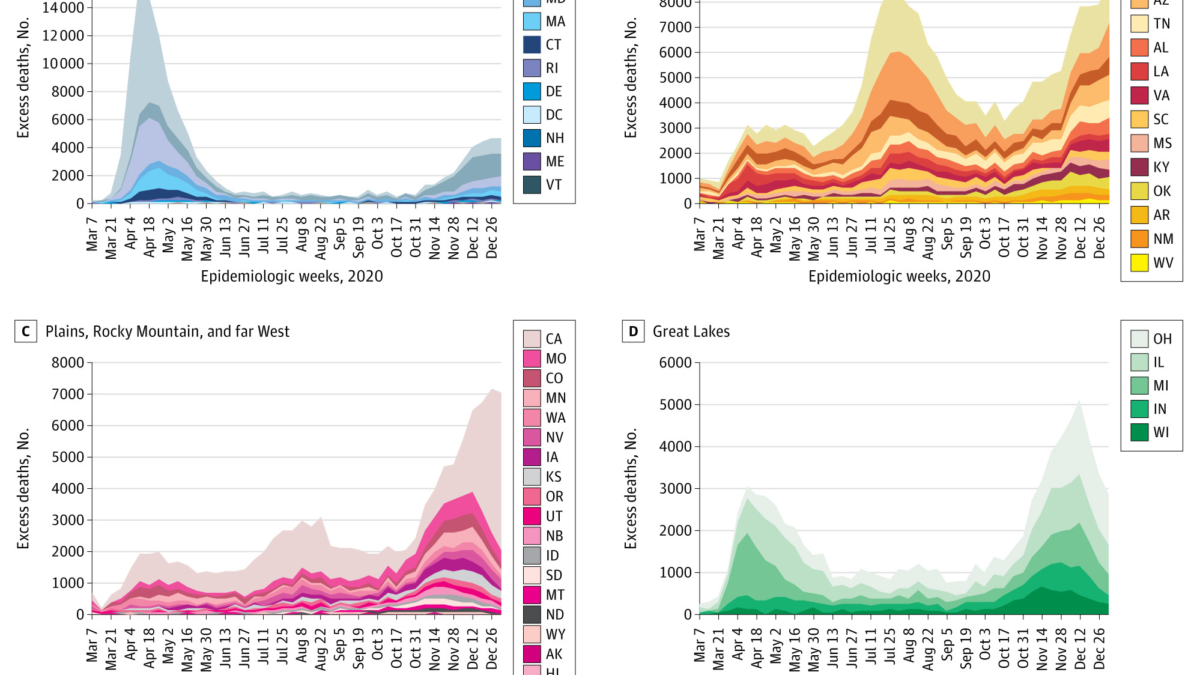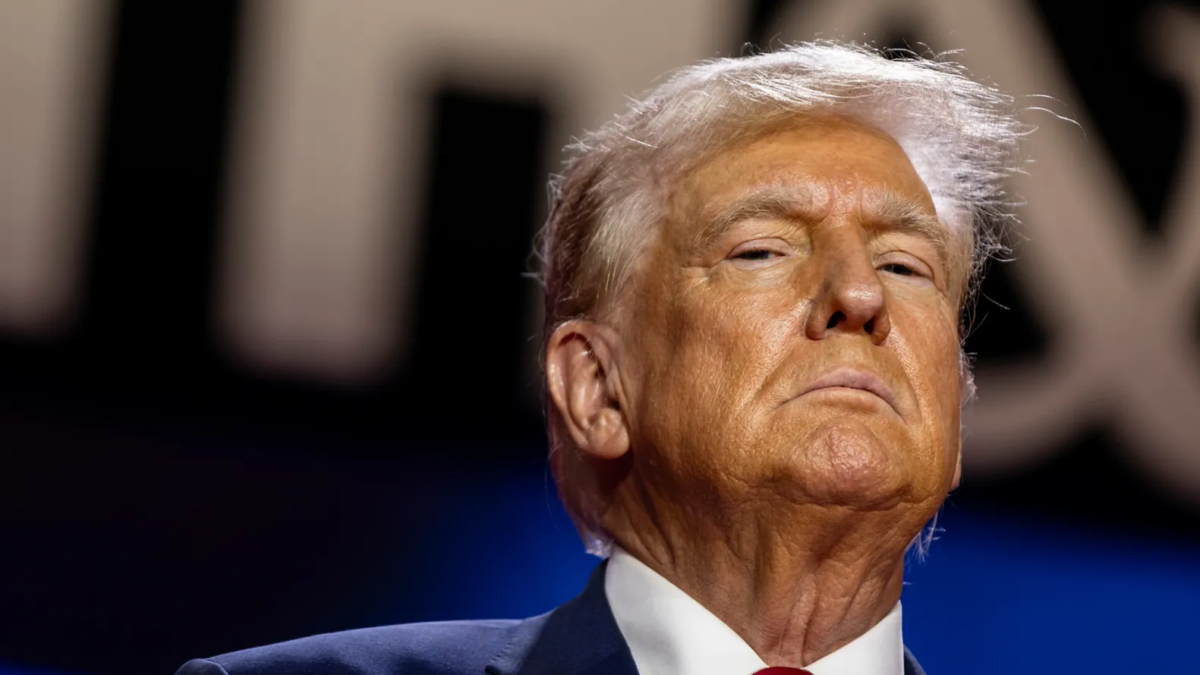World Happiness Report 2021: Reasons for Asia-Pacific success in suppressing COVID-19 – Death rate in Asia-Pacific nations 42 times lower than North Atlantic nations
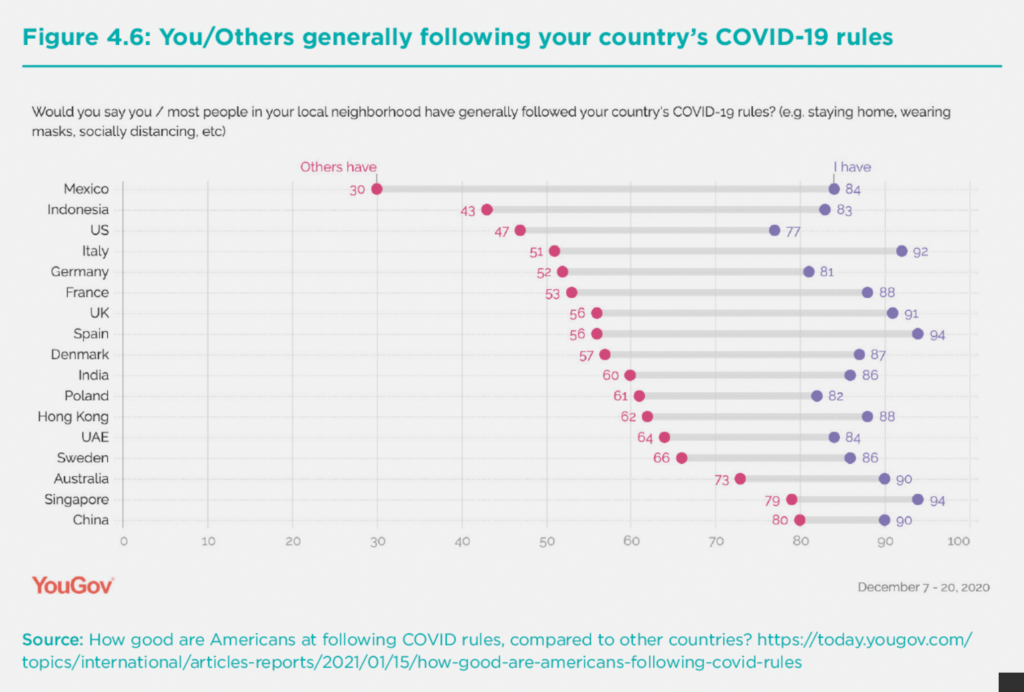
By Jeffrey D. Sachs
20 March 2021
(Sustainable Development Solutions Network) – […] Perhaps the most notable variation across world regions of the COVID-19 pandemic has been the far lower mortality rate (deaths per million) in the Asia-Pacific region (northeast Asia, southeast Asia, and Oceania) compared with the North Atlantic region (the US, Canada, the UK, and the European Union)[1]. Both regions are home to temperate-zone, urbanized, and developed economies and are broadly comparable in economic structure. Yet, the death rates were vastly lower in the Asia-Pacific than the North Atlantic in every quarter of 2020 and in January 2021, the most recent month at the time of completing this paper (Table 1). In January 2021, for example, the countries of the North Atlantic region had an unweighted average of 7.6 deaths per day per million population, while in the Asia-Pacific region, the unweighted average was a mere 0.18 deaths per day per million population, 42X lower than the North Atlantic.
The main sources of the successes of East Asia, and more broadly the Asia-Pacific, were also discernible at an early stage. The Asia-Pacific countries, in contrast with the North Atlantic, were actively engaged in a wide range of intensive Non-Pharmaceutical Interventions (NPIs), including tight border controls; quarantining of arriving passengers; high rates of face-mask use; physical distancing; and public health surveillance systems engaged in widespread testing, contact tracing, and quarantining (or home isolation) of infected individuals. I also document such differences across the two regions in a companion paper.[3]
The successes of the NPIs in the Asia-Pacific region reflected both the leadership of governments and the strong support of the public for the government’s bold leadership. The Asia-Pacific successes were both top-down, with governments setting strong control policies, and bottom-up, with the general public supporting governments and complying with government-directed public health measures. […]
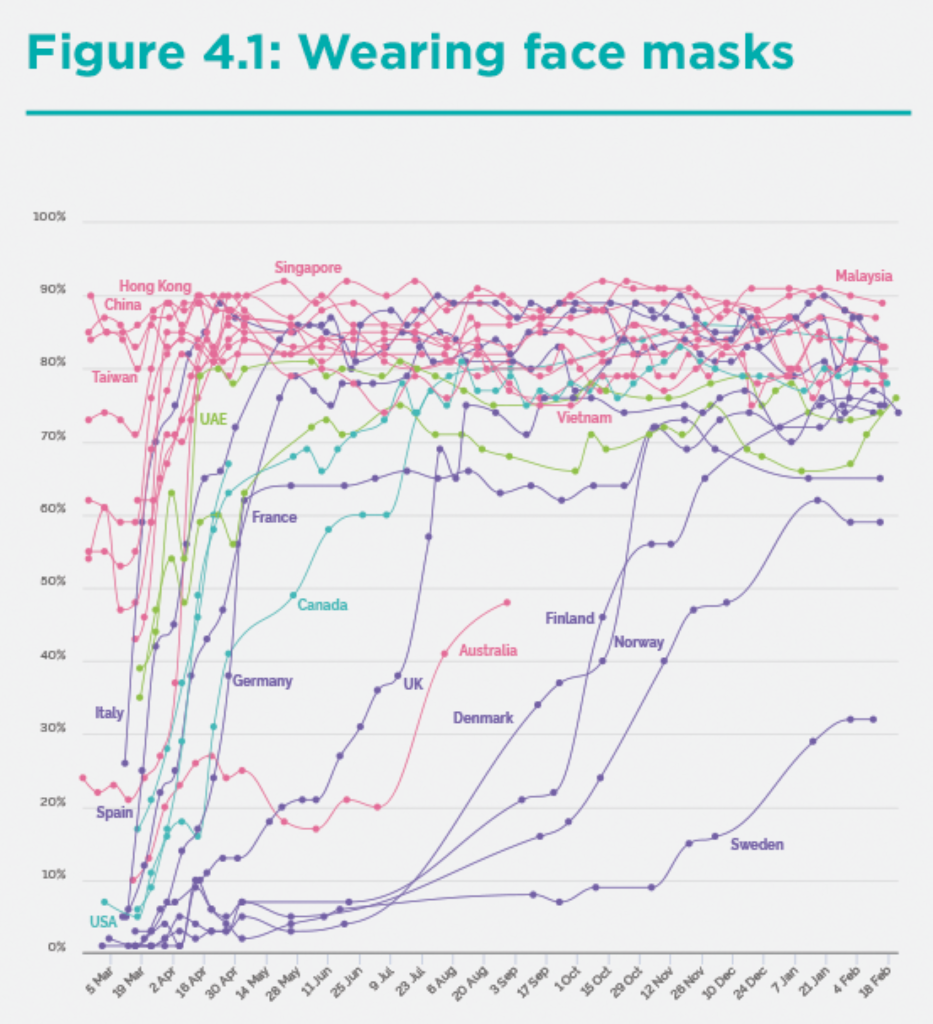
Higher Public Support for NPIs in the Asia-Pacific
We have useful comparative information on public attitudes towards NPIs from YouGov, the UK survey company. YouGov surveys cover 18 countries across the two regions, including nine in the Asia-Pacific and nine in the North Atlantic. According to almost all behavioral indicators, the public in the Asia-Pacific countries has regarded the pandemic with greater concern and with larger behavioral responses than in the North Atlantic region. Part of this improved public response is no doubt due to the clarity of policies in the Asia-Pacific based on the region’s readiness for emerging diseases. When public officials sent contradictory messages, such as violating government curfew policies, public confidence in government policies was seriously eroded.[4] Another part seems to be both cultural and cognitive, reflecting the public’s own higher readiness to adopt pro-social health-seeking behaviors based on social norms and better scientific understanding of the pandemic.
Consider, for example, the proportion of the population wearing face masks in public places, shown in Figure 1 for the period March 2020 to January 2021. The public in the Asia-Pacific countries, in red, adopted face mask-wearing earlier and then at consistently higher rates of use compared with Europe and North America. […]
Culture and the failure of the North Atlantic region to learn from the Asia-Pacific
The North Atlantic region was perhaps too inexperienced with emerging pandemic diseases to react promptly and decisively to the COVID-19 pandemic when it first emerged in late 2019/early 2020. This was true even after the WHO declared COVID-19 a “public health emergency of international concern” on January 30, 2020. By the time the dramatic scale of the pandemic was widely understood in mid-March 2020, the transmission of the virus was far too high for the understaffed and limited systems for testing, tracing, and quarantining.
Therefore, most countries in the world adopted stringent lockdowns in the spring of 2020, which brought the incidence of new infections to relatively low levels by June (around ten new confirmed cases per million per day in the UK and European Union on average in June). Yet even then, with incidence drastically lower, the North Atlantic region did not dramatically scale up its testing, tracing, and quarantining activities. By last summer, precautionary behavior had dissipated, and Europeans and Americans vacationed, setting the stage for a second and even larger wave of the pandemic in the fall.
Amazingly, the mainstream media also failed to draw any lessons from the glaring gap in performance between the Asia-Pacific and the North Atlantic. The leading business daily in the United States is the Wall Street Journal. The Journal’s editorial board completely disregarded the evidence from the Asia-Pacific throughout 2020. In the course of dozens of editorials, the Wall Street Journal editorial board utterly overlooked the lower mortality rates in the Asia-Pacific and consistently failed to inquire how those low rates could be achieved in the US.
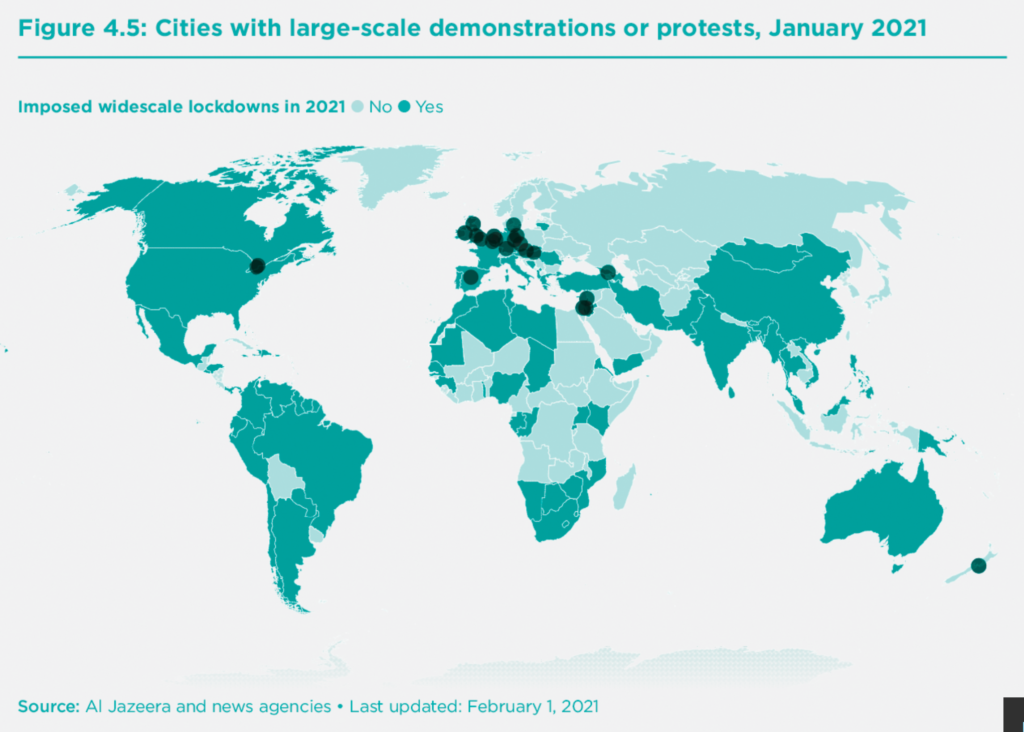
The real puzzle is why there was so little learning during 2020. The lockdowns should have been followed by a massive scale-up of NPIs in order to keep incidence low. Why did this did not happen?
Part of the problem, no doubt, was the incompetence of some key leaders, including former President of the United States Donald Trump. Trump incorrectly believed that the only choice facing the US was whether or not to close the economy. His biggest mistake (which probably cost him the election in November 2020) was to overlook the NPI option. The US Government’s top infectious disease scientist, Dr. Anthony Fauci, recently put the situation this way: “My influence with [Trump] diminished when he decided to essentially act like there was no outbreak and focus on re-election and opening the economy. That’s when he said, ‘It’s going to go away, it’s magical, don’t worry about it.'”[6]
The failure obviously goes well beyond Trump. It was common to the European Union as well. The blunders ran both from the top-down and the bottom-up, in a kind of folie a deux between politicians and the public. In many North Atlantic countries, there were public protests against even the most basic public health measures, such as wearing face masks, with agitators rejecting mask mandates in the name of “liberty.” Nobody explained to these would-be libertarians that the first dictum of classic libertarianism is that the right to liberty does not include the right to harm others. John Stuart Mill famously put it this way: “The only purpose for which power can be rightfully exercised over any member of a civilized community, against his will, is to prevent harm to others.” A government requirement to wear face masks would surely have passed Mill’s strict scrutiny.
The researchers Iveta Silova, Hikaru Komatsu, and Jeremy Rappleye have recently and cogently argued that excessive individualism of the Western nations made these countries resistant to the kinds of pro-social policies needed to end human-induced climate change[7] and COVID-19[8]. [more]
